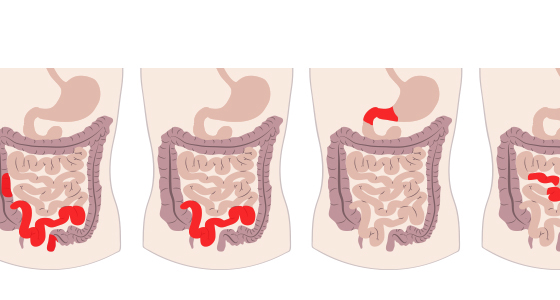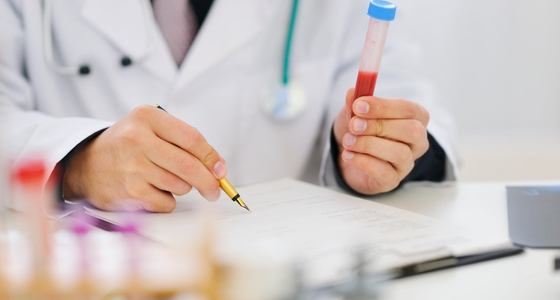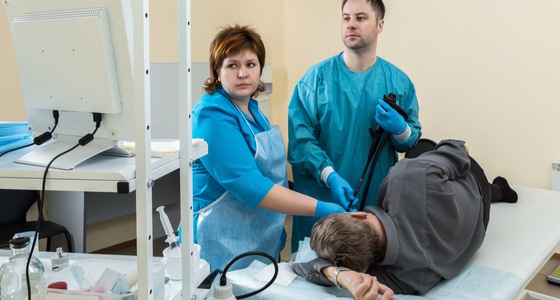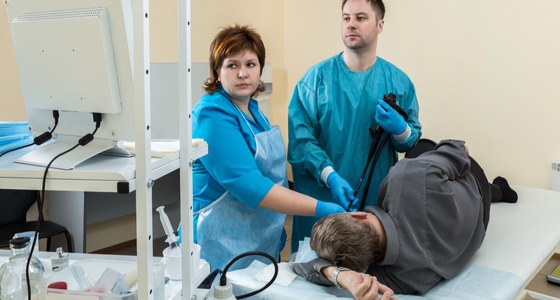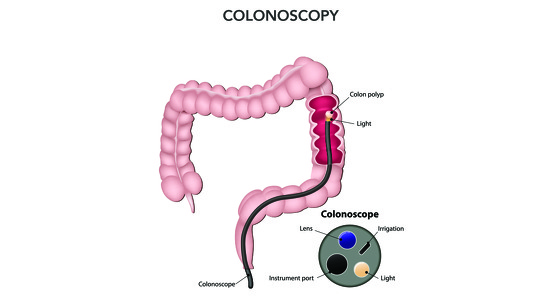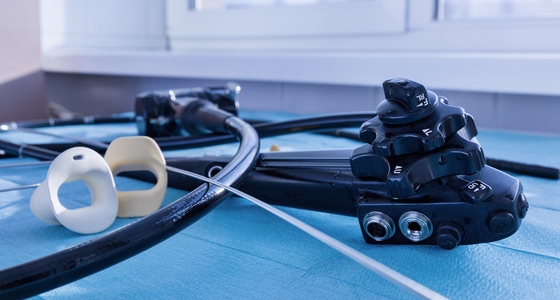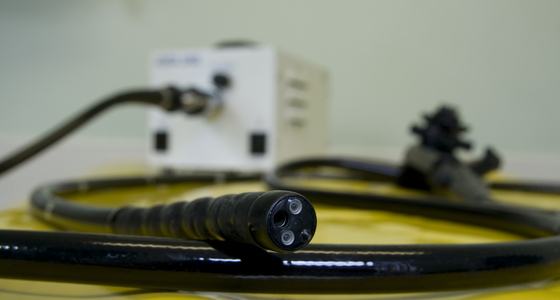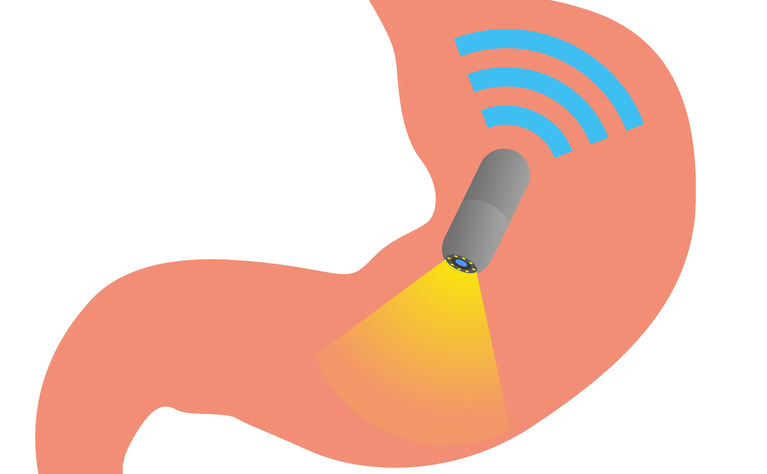
A capsule endoscopy is a tablet with a camera inside that views your insides after you've swallowed it.
In a capsule endoscopy the patient swallows a capsule which contains a camera, battery, light and transmitter so that the esophagus, stomach, and small intestine can be viewed for signs of Crohn’s disease (a form of inflammatory bowel disease (IBD)).
In general, the camera takes two pictures every second for eight hours. After eight hours the pictures are wirelessly downloaded for the medical team to view. The capsule then continues to pass through the patient’s digestive system until they eventually pass it in a stool. The disposable capsule is then flushed away.
For good pictures to be gathered the bowel must be clear of any waste. This usually means that the patient has to take a laxative the day before the procedure which causes diarrhoea.
If abnormalities are found then other procedures - such as a double balloon endoscopy - may need to be carried out to confirm a diagnosis of Crohn’s disease.
Capsule endoscopy is a safe procedure which is much less invasive than other forms of endoscopy. The main risk is that the capsule is retained in the digestive tract. This is rare.
If there are strictures (narrowings of the bowel) then the capsule can get stuck. If it is suspected that a patient has strictures then a ‘test run’ may be carried out with self-dissolving capsule first.
